Chemical lawn treatments create more problems than they solve.

Your perfectly manicured lawn might be hiding a toxic secret that threatens everything from pollinating insects to your own children playing in the grass. Pesticides promise effortless pest control and weed-free landscapes, but the hidden costs of these chemicals far outweigh their superficial benefits. What appears as a quick fix for dandelions or grubs actually sets off a cascade of environmental and health consequences that persist long after application. The lawn care industry has convinced millions of homeowners that chemical interventions are necessary for attractive yards, yet countless properties thrive without synthetic pesticides. Understanding the true impact of these substances reveals why natural alternatives and tolerance for imperfection serve households far better than repeated chemical applications that damage ecosystems while enriching chemical manufacturers.
1. Pollinators die by the millions from common lawn chemicals.
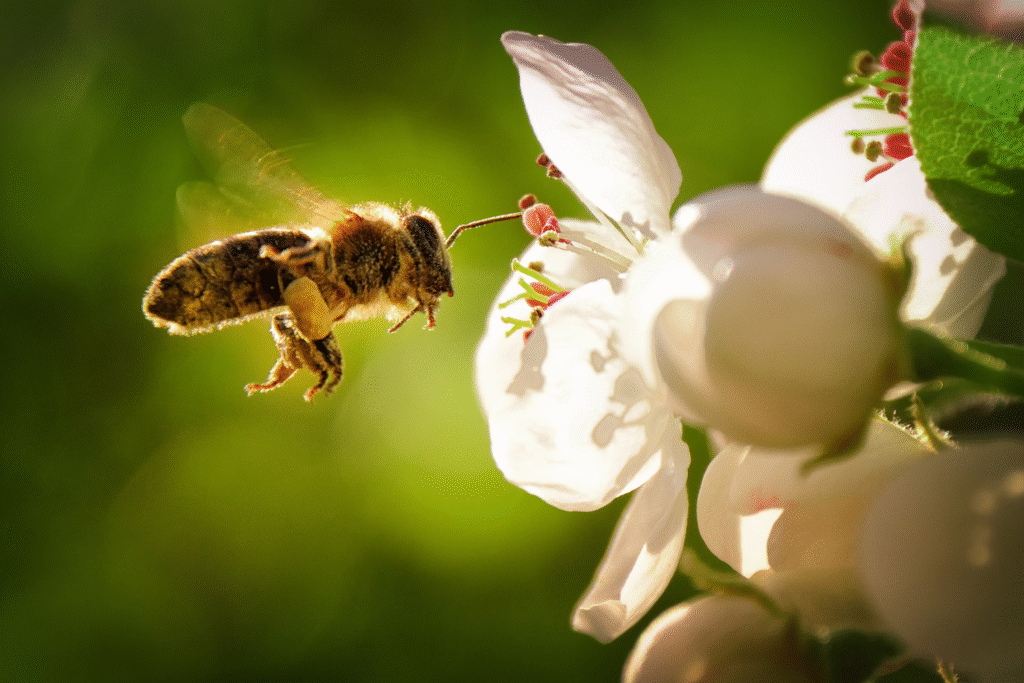
Bees, butterflies, and other pollinating insects suffer catastrophic losses when exposed to pesticides designed to kill insects indiscriminately based on size rather than species. According to research published by the Xerces Society for Invertebrate Conservation, neonicotinoid pesticides impair bee navigation, reproduction, and immune function even at sublethal doses that don’t immediately kill the insects. A single pesticide application can eliminate beneficial insects across entire neighborhoods as pollinators travel between treated and untreated properties carrying contamination. These losses compound as fewer pollinators mean reduced plant reproduction, creating downward spirals that diminish biodiversity across landscapes. Your vegetable garden, fruit trees, and flowering plants all depend on these same insects that lawn chemicals destroy, making pesticide use counterproductive even from a purely utilitarian gardening perspective.
2. Children absorb pesticides through skin contact with treated grass surfaces.

Kids spend hours rolling around in yards, playing barefoot, and putting grass-stained hands near their faces, creating multiple exposure pathways for chemical absorption that adults typically avoid. Developing bodies process toxins less efficiently than mature systems, making children particularly vulnerable to pesticide effects that can manifest as respiratory problems, neurological issues, and developmental delays. Pesticide residues persist on grass blades and in soil for days or weeks after application, meaning the danger extends far beyond the initial treatment period when warning signs suggest staying off the lawn, as reported by the American Academy of Pediatrics in their policy statement on pesticide exposure. That perfect lawn becomes a toxic play surface where every cartwheel and soccer game exposes young bodies to chemicals linked with childhood cancers, behavioral disorders, and weakened immune systems. Even careful application following label directions can’t prevent exposure when children interact intimately with treated surfaces.
3. Pets develop cancers linked directly to pesticide exposure through yard contact.

Dogs and cats that spend time in chemically treated yards show significantly elevated rates of lymphoma, bladder cancer, and other malignancies compared to animals in pesticide-free environments. According to studies conducted by veterinary researchers at Purdue University, dogs exposed to lawn chemicals face doubled cancer risk, with specific pesticides correlating to particular cancer types. Pets walk through treated grass, then lick their paws and fur during grooming, ingesting concentrated doses of whatever chemicals coat the vegetation. Their lower body mass means smaller amounts produce more significant effects, while their shorter lifespans reveal health consequences faster than human exposure studies can document. That monthly lawn treatment might be slowly poisoning the family dog whose tail wags enthusiastically every time the application truck arrives, completely unaware that the fragrant chemicals represent a serious health threat.
4. Groundwater contamination spreads pesticides far beyond treated properties eventually.

Rain and irrigation carry pesticides from surface applications down through soil layers into aquifers that supply drinking water for entire communities. These chemicals travel underground through geological formations, spreading contamination across vast areas that extend far beyond the properties where applications originally occurred. Municipal water treatment facilities struggle to remove certain pesticides, meaning tap water can carry residues that accumulate in bodies over years of consumption. Wells serving rural homes face even greater vulnerability as they lack treatment systems that might reduce pesticide concentrations. Your lawn care decisions affect neighbors, downstream communities, and future generations who will inherit contaminated water supplies requiring expensive remediation or alternative water sources.
5. Beneficial insects disappear when pesticides eliminate entire arthropod communities.
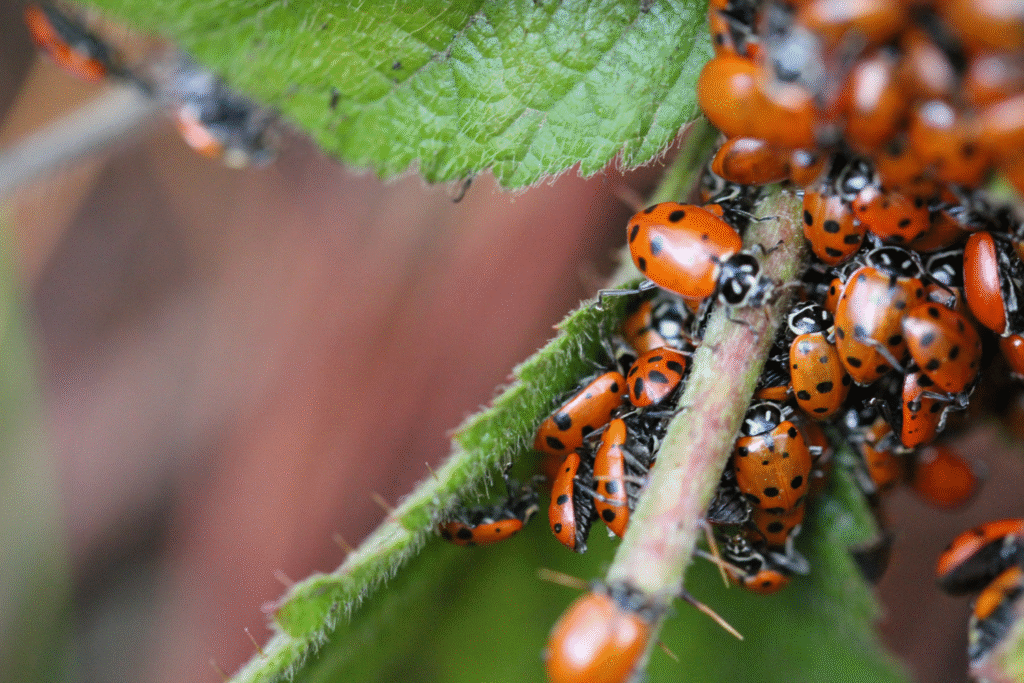
Ladybugs, lacewings, ground beetles, and countless other predatory insects that naturally control pest populations die alongside target species during pesticide applications. These beneficial organisms often prove more susceptible to chemicals than the pests they’re meant to eliminate, creating situations where pest populations rebound faster than their natural enemies. Without predators maintaining balance, properties become dependent on repeated chemical applications in escalating cycles that require stronger or more frequent treatments. Native insects that evolved specific relationships with local plants vanish from treated areas, disrupting pollination networks and food webs that support birds and other wildlife. Gardens stripped of beneficial insects become ecological dead zones that support nothing beyond turfgrass and whatever pest species develop resistance to applied chemicals.
6. Soil microbiomes collapse when pesticides kill underground organisms indiscriminately.
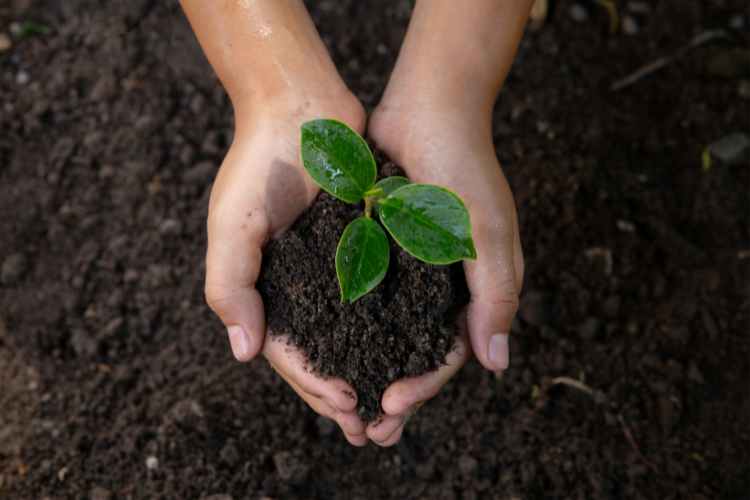
Healthy soil teems with bacteria, fungi, nematodes, and other microscopic life that breaks down organic matter, cycles nutrients, and supports plant health through complex symbiotic relationships. Pesticides decimate these communities, transforming living soil into sterile growing medium that requires constant fertilizer inputs to support even basic plant growth. Mycorrhizal fungi that extend plant root systems and improve drought resistance die when exposed to fungicides, while beneficial bacteria that fix nitrogen or suppress plant diseases succumb to broad-spectrum chemicals. Earthworms and other larger soil organisms that aerate earth and improve drainage abandon or die in treated areas. Rebuilding soil biology after pesticide damage requires years of careful management, during which properties remain dependent on chemical inputs to maintain any vegetation.
7. Birds suffer secondary poisoning from eating contaminated insects and seeds.
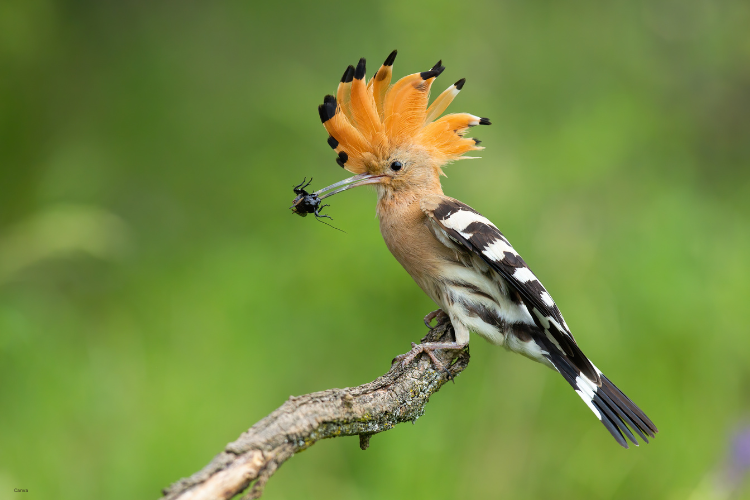
Songbirds, raptors, and other avian species accumulate pesticides by consuming affected insects, treated seeds, or poisoned prey animals in a process called bioaccumulation. These chemicals concentrate as they move up food chains, meaning top predators receive dangerous doses even when initial applications seem modest. Eggshell thinning, neurological damage, and reproductive failures plague bird populations in areas with heavy pesticide use. Migratory species carry contamination across continents, spreading effects far beyond application sites. Properties that once hosted diverse bird communities fall silent as repeated chemical use eliminates both the insects birds eat and the birds themselves through direct and indirect poisoning.
8. Pesticide resistance develops rapidly and creates super-pest populations requiring escalation.

Target organisms evolve resistance to pesticides within surprisingly few generations, leading to situations where previously effective chemicals no longer control pest populations. This resistance develops because pesticides apply strong selection pressure favoring any individual with genetic traits conferring survival advantage. Survivors reproduce, passing resistant genes to offspring until entire populations become immune to chemicals that once killed them reliably. Homeowners respond by increasing application rates, switching to different chemicals, or treating more frequently, accelerating resistance development across multiple pesticide classes. Properties become trapped in arms races against pest populations that adapt faster than new chemicals can be developed, tested, and brought to market.
9. Native plant communities decline when chemical treatments favor monoculture turfgrass.
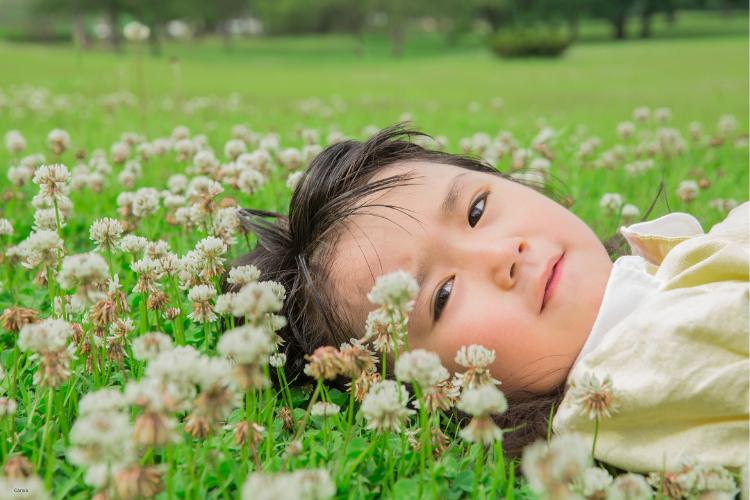
Herbicides eliminate the plant diversity that once characterized healthy yards, replacing mixed communities with uniform grass stands that support minimal wildlife. Clover, violets, and other low-growing plants that once provided pollinator forage and nitrogen fixation vanish under herbicide regimes designed to create putting-green perfection. These diverse plant communities hosted caterpillars that fed baby birds, produced seeds for overwintering wildlife, and stabilized soil during heavy rains through varied root structures. Monoculture lawns require constant inputs of water, fertilizer, and chemicals to maintain appearances while providing virtually no ecological services. Properties become green deserts that look alive but support almost no biological diversity.
10. Long-term exposure creates health problems that emerge years after initial contact.

Chronic pesticide exposure produces effects that manifest slowly, making cause-and-effect relationships difficult to establish but no less real or dangerous. Hormone disruption, nervous system damage, and increased cancer risk develop over time as chemicals accumulate in fatty tissues and organs. Subtle neurological effects like reduced cognitive function or mood disorders may never be attributed to pesticide exposure despite causal connections. Reproductive problems, weakened immune responses, and metabolic disorders all show associations with long-term pesticide contact in epidemiological studies. That perfect lawn maintained through decades of chemical applications might be slowly undermining the health of everyone who lives there, with consequences that won’t fully emerge until retirement age or later when reversing damage becomes impossible.
